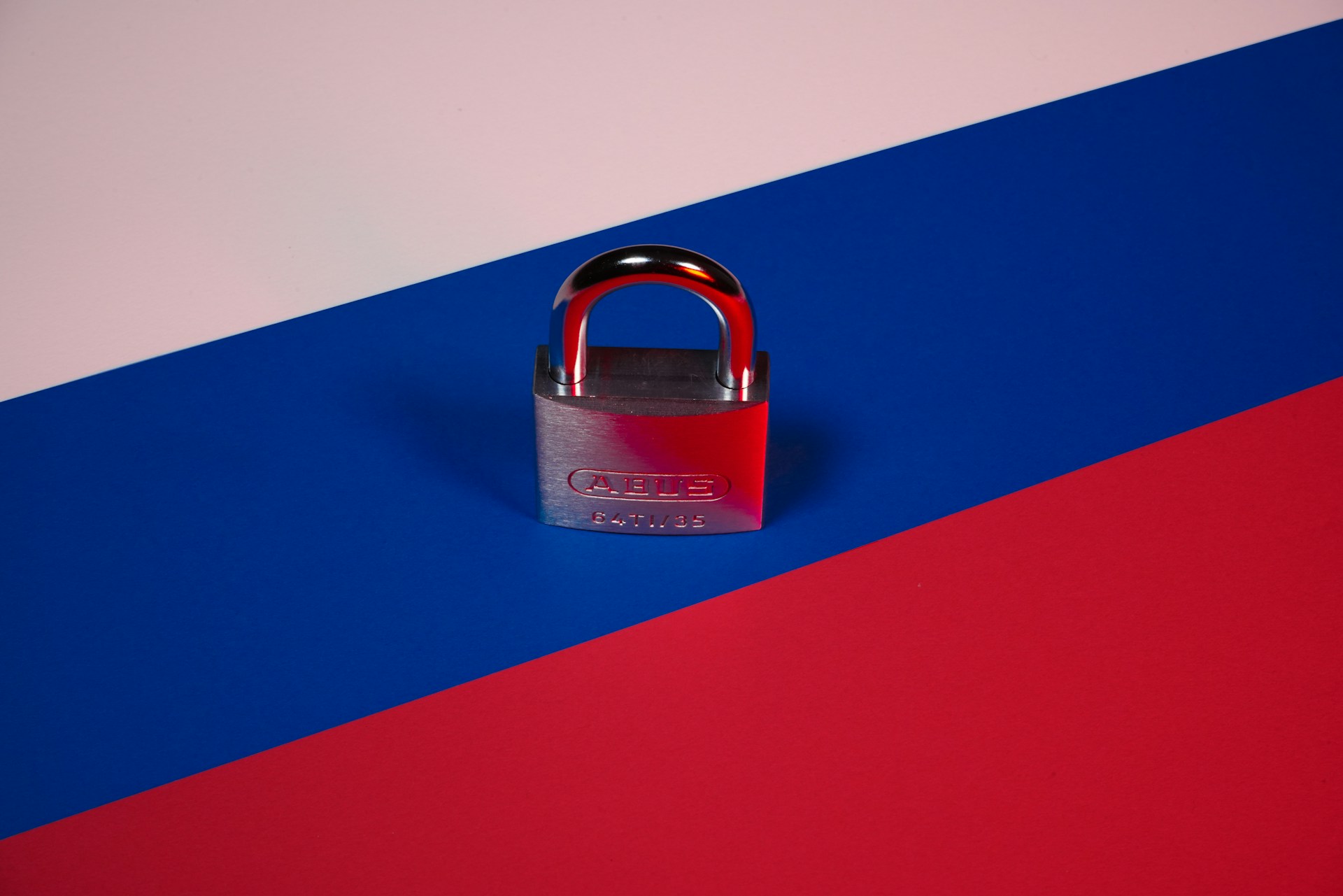EU Targets Russia’s Shadow Tanker Fleet With New Powers

The European Union is set to take its toughest stance yet against Russia’s shadow tanker network, unveiling plans that would allow member states to board and inspect ships suspected of violating sanctions or endangering maritime safety.
A draft proposal from the European External Action Service (EEAS), reviewed by Politico and Reuters, outlines the concept of “pre-authorised boardings” in partnership with the flag states of vessels covertly transporting Russian oil.
EU foreign ministers are scheduled to discuss the plan today, with the final declaration expected by the end of November.
This initiative represents a significant escalation in Europe’s efforts to clamp down on the so-called shadow fleet — a loose collection of up to 1,000 ageing oil tankers operating under obscure ownership and flags of convenience. According to the EEAS, these ships now make up roughly 17% of the global tanker market, having expanded by about 45% since 2023 as Russia sought to maintain oil exports despite G7 price caps and EU trade restrictions.
While the crackdown aims to enforce sanctions, Brussels is increasingly emphasizing the broader security and environmental risks posed by the fleet. Officials warn that many of these vessels are poorly maintained, lack insurance, and operate with minimal regulation, creating potential dangers for European waters and NATO assets. Ukrainian intelligence has even claimed that some ships may have been used to launch drones and hybrid attacks in Europe.
The EU’s upcoming 19th sanctions package is expected to blacklist an additional 160 vessels, raising the total to around 560, and to speed up the bloc’s ban on Russian liquefied natural gas imports, moving the deadline to January 1, 2027.
The EEAS document notes “renewed momentum” among EU nations for stronger enforcement, referencing France’s recent detention of the Boracay, Estonia’s action against the Kiwala, and similar measures taken by Germany and Finland.
The proposal also encourages deeper cooperation with major flag states such as Panama, which has agreed to remove sanctioned ships from its registry and stop certifying tankers over 15 years old.
At a European security conference in Copenhagen earlier this month, French President Emmanuel Macron said: “A very significant share of Russia’s war financing comes from these shadow fleet tankers. Cutting them off is not an option, it is a necessity.” He added that “30 to 40 %” of Moscow’s war effort is sustained through the fleet’s operations.
The UK has also ramped up its own efforts, recently imposing its most extensive sanctions package yet on Russia’s energy sector. The measures targeted oil giants Rosneft and Lukoil, four Chinese oil terminals, 44 tankers linked to Russia’s shadow fleet, and seven LNG carriers.
Data from maritime analytics firm Kpler shows that the number of sanctioned ships worldwide has surged over the past five years, from about 350 in September 2020 to roughly 1,700 by September 2025. Greater coordination between Western governments — particularly the EU and UK — has led to a growing overlap in sanctioned vessels, marking a new phase of unified enforcement.